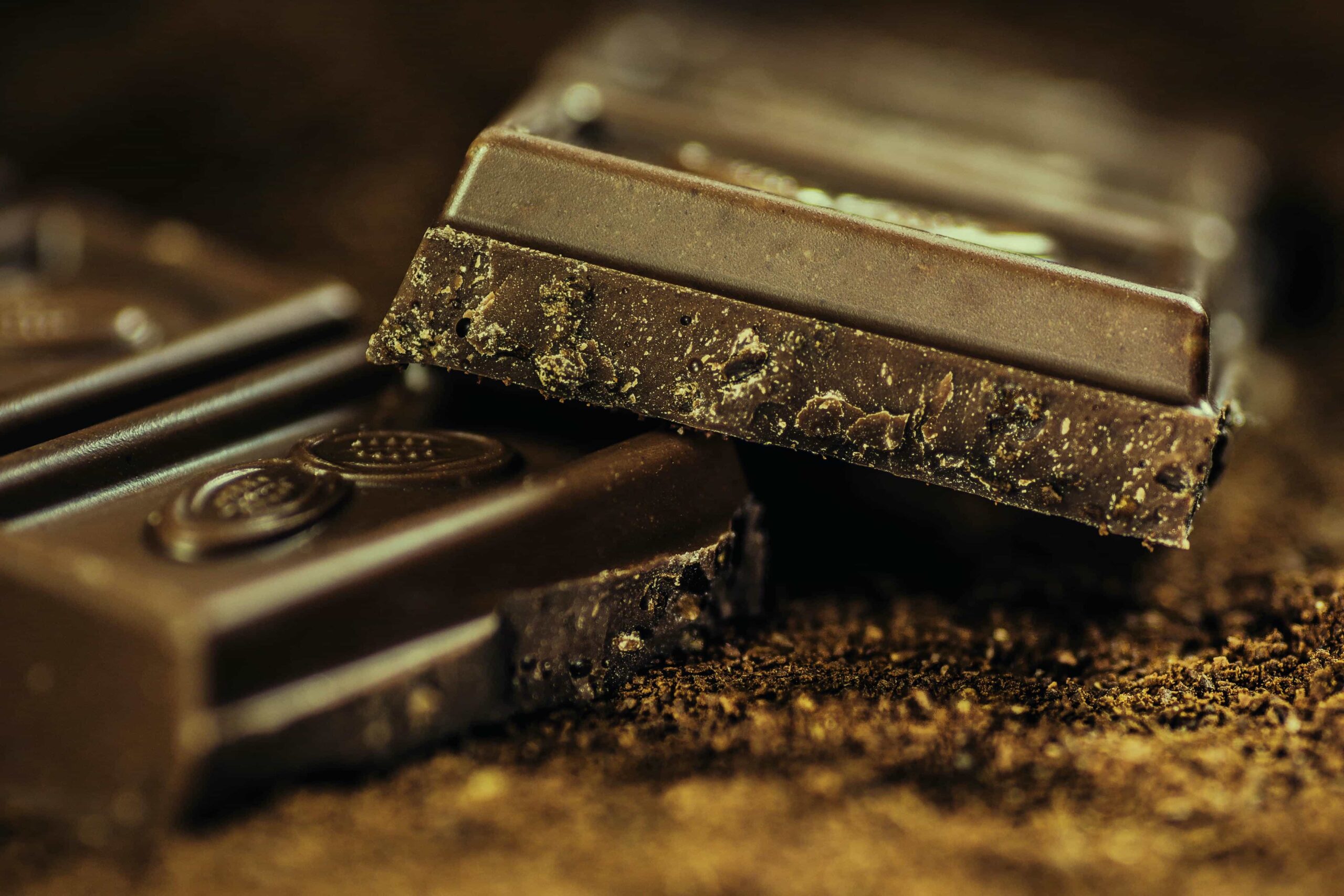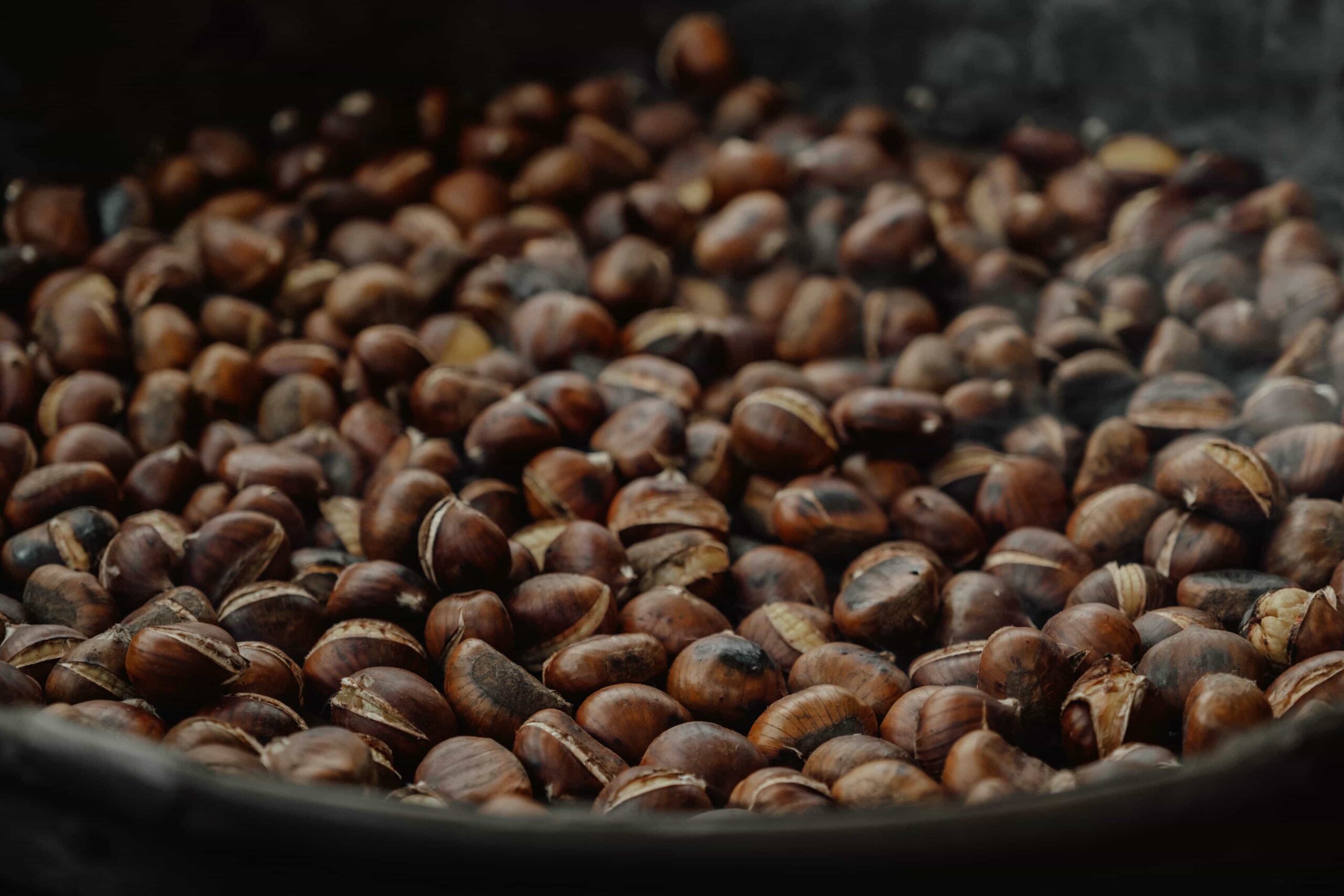Swiss Food Culture: Famous Dishes & Culinary Traditions
When I first stepped into a traditional Swiss restaurant in the heart of Zurich fifteen years ago, I honestly had no idea what culinary adventure awaited me. Like many travelers, I knew Switzerland for its chocolate and cheese—but what I discovered was a rich, complex food culture that goes way beyond these famous exports1. The aroma of melted Gruyère, the sight of golden rösti sizzling in cast iron pans, and the warmth of sharing fondue with strangers-turned-friends—these experiences completely transformed my understanding of Swiss cuisine.
Switzerland’s culinary landscape is absolutely fascinating because it reflects the country’s unique position at the crossroads of Europe. You’ve got German influences in the north, French sophistication in the west, and Italian flair in the south. This isn’t just about geography—it’s about how centuries of cultural exchange have created something distinctly Swiss2. What strikes me most is how Swiss food culture emphasizes quality, tradition, and communal dining experiences that bring people together.
Switzerland Food Fact
Switzerland consumes approximately 19.4 pounds of chocolate per person annually, making it one of the world’s top chocolate-consuming nations. The country is also home to over 450 varieties of cheese, with many protected by designation of origin laws3.
Here’s what really gets me excited about Swiss cuisine—it’s not just about the food itself, but the entire cultural experience surrounding it. Take fondue, for example. Sure, it’s melted cheese with bread, but it’s also about the ritual, the conversation, the shared pot that brings people together. I’ve seen business deals closed over fondue pots and friendships formed around raclette grills.
Switzerland’s food reputation extends far beyond its borders, but I think many people don’t realize just how sophisticated and varied the culinary scene has become. We’re talking about a country with 118 Michelin-starred restaurants as of 20234. From traditional Alpine dishes that have sustained mountain communities for centuries to innovative modern interpretations that are gaining international recognition, Swiss cuisine offers something remarkable for every palate.
Traditional Swiss Dishes and Regional Specialties
Let me tell you about my first proper rösti experience—because honestly, I thought it was just fancy hash browns until I tried the real deal in Bern. The perfectly crispy exterior giving way to fluffy, seasoned potatoes inside… it completely changed my perspective5. Rösti represents something fundamental about Swiss cooking: taking simple, quality ingredients and treating them with respect and skill.
| Dish | Region | Key Ingredients | Cultural Significance |
|---|---|---|---|
| Fondue | French-speaking regions | Gruyère, Emmental, white wine | Symbol of Swiss unity and sharing |
| Raclette | Valais | Raclette cheese, potatoes, pickles | Traditional mountain shepherd food |
| Rösti | German-speaking regions | Grated potatoes, butter, salt | National dish representing Swiss identity |
| Zürcher Geschnetzeltes | Zurich | Veal, mushrooms, cream, white wine | Urban sophistication meets comfort food |
What fascinates me about Swiss regional cuisine is how dramatically it changes as you cross linguistic boundaries. In the German-speaking regions, you’ll find heartier, more substantial dishes like Zürcher Geschnetzeltes—thin strips of veal in a creamy mushroom sauce that’s absolutely divine with rösti6. Move to the French-speaking areas, and suddenly you’re dealing with more refined preparations and wine-based sauces.
The Italian influence in Ticino brings yet another dimension. I remember being surprised by how different the food felt when I crossed the Gotthard Pass—suddenly we’re talking about risotto, polenta, and fresh pasta preparations that feel distinctly Mediterranean yet unmistakably Swiss7. It’s this regional diversity that makes Swiss cuisine so interesting to explore.
Seasonal Eating Patterns
Swiss cuisine follows distinct seasonal patterns that reflect the country’s Alpine climate. Spring brings fresh asparagus and herbs, summer offers abundant vegetables and fruits, autumn features game meats and mushrooms, while winter calls for hearty stews and preserved foods. This seasonal approach isn’t just tradition—it’s practical wisdom developed over centuries.
Let’s talk about some dishes that don’t get enough international attention. Älplermagronen, for instance—it’s essentially Swiss mac and cheese with caramelized onions and applesauce, but calling it that feels like doing it a disservice8. This dish perfectly represents how Swiss cuisine takes familiar concepts and elevates them through quality ingredients and thoughtful preparation.
- Bündnerfleisch – air-dried beef from Graubünden, aged for months to develop complex flavors
- Schüblig – a traditional sausage from St. Gallen with a distinctive twisted shape
- Cholera – a vegetable tart from Valais (the name comes from coal mining, not the disease!)
- Capuns – Swiss chard rolls filled with spaetzle and meat from Graubünden

Swiss Chocolate, Cheese, and Beverage Culture
I’ll admit it—I used to think Swiss chocolate was just marketing hype until I visited a traditional chocolatier in Geneva. Watching master chocolatiers work with Swiss milk chocolate, seeing the precision and artistry involved, completely changed my understanding9. Swiss chocolate isn’t just candy; it’s the result of centuries of perfecting techniques that began in the 1800s when pioneers like François-Louis Cailler and Philippe Suchard revolutionized chocolate making.
The Swiss chocolate industry produces approximately 180,000 tons annually, with about 60% exported worldwide10. But here’s what really impresses me—it’s not just about quantity. Swiss chocolate makers have consistently pushed boundaries, from inventing milk chocolate to developing conching techniques that create that distinctively smooth texture we associate with premium chocolate.
Now, let’s talk about cheese—because Switzerland’s cheese culture is absolutely mind-blowing. We’re looking at over 450 varieties, many with protected designation of origin status11. Each region has developed distinct cheese-making traditions based on local conditions, cattle breeds, and historical influences. What strikes me most is how these aren’t just products—they’re expressions of place and culture.
| Cheese Type | Origin Region | Aging Period | Best Uses |
|---|---|---|---|
| Gruyère AOP | Fribourg/Vaud | 12-18 months | Fondue, gratins, eating |
| Emmental AOP | Bern/Lucerne | 4-12 months | Sandwiches, melting |
| Appenzeller | Appenzell | 3-6 months | Raclette, snacking |
| Tête de Moine | Jura | 2-3 months | Served as rosettes |
The beverage culture in Switzerland is equally fascinating, though often overlooked. Swiss wine production might surprise you—they produce excellent wines, particularly in regions like Valais and Vaud, but consume most of it domestically12. I’ve discovered some incredible Petite Arvine and Humagne Blanc wines that rival anything from neighboring France, but you’ll rarely find them outside Switzerland.
Swiss Spirits and Liqueurs
Switzerland produces distinctive spirits including Kirsch (cherry brandy), Pflümli (plum brandy), and various herbal liqueurs. These are often enjoyed as digestifs after traditional meals and play important roles in cooking, particularly in cheese fondue preparation.
Coffee culture in Switzerland deserves special mention. The Swiss consume approximately 1,100 cups of coffee per person annually, ranking among the world’s top coffee consumers13. But it’s not just about consumption—it’s about the ritual, the quality, and the social aspects of coffee drinking that integrate seamlessly with Swiss dining culture.
- Morning coffee service emphasizes quality over quantity, often featuring locally roasted beans
- Afternoon coffee breaks are social events, typically accompanied by small pastries
- Business meetings frequently revolve around coffee service and conversation
What really impresses me about Swiss dairy culture is the connection between Alpine farming and final products. Many cheese makers still use traditional methods, moving cattle to high Alpine pastures during summer months. This isn’t just romantic tradition—it actually affects flavor profiles, creating seasonal variations in cheese that reflect the diverse plant life at different elevations14.
The chocolate and cheese pairing culture has also evolved beautifully. I’ve experienced tastings where master chocolatiers and cheese makers collaborate, creating combinations that highlight complementary flavors and textures. It’s sophisticated stuff that goes way beyond simple dessert courses.
Modern Swiss Cuisine and Global Influence
The contemporary Swiss culinary scene has absolutely exploded in recent years, and I’m genuinely excited about where it’s heading. We’re seeing young Swiss chefs taking traditional ingredients and techniques, then applying modern culinary principles to create something entirely new15. Andreas Caminada, Daniel Humm, and other Swiss chefs are gaining international recognition for their innovative approaches while maintaining deep respect for traditional flavors.
What fascinates me most is how modern Swiss cuisine balances innovation with authenticity. Take Restaurant Schloss Schauenstein, for example—it’s earned three Michelin stars by elevating local ingredients through sophisticated techniques without losing connection to regional food culture16. This isn’t fusion for fusion’s sake; it’s thoughtful evolution.
The global influence of Swiss culinary traditions extends far beyond chocolate exports. Swiss-trained chefs work in top restaurants worldwide, bringing precision, quality standards, and technical expertise that reflect Switzerland’s broader cultural values. The Swiss hotel management school system has also spread Swiss hospitality and culinary standards internationally17.
Sustainability and Swiss Cuisine
Modern Swiss cuisine increasingly emphasizes sustainability, local sourcing, and environmental responsibility. Many restaurants now feature seasonal menus that highlight regional producers, reducing food miles while supporting local agriculture and traditional farming practices.
Looking ahead, I see several trends shaping Swiss cuisine’s future. Plant-based interpretations of traditional dishes are becoming more sophisticated, addressing changing dietary preferences while maintaining cultural authenticity. The locavore movement has gained serious momentum, with restaurants forming direct relationships with producers to ensure ingredient quality and traceability.
- Molecular gastronomy techniques applied to traditional Alpine ingredients
- Fermentation and preservation methods inspired by traditional practices
- Cross-cultural collaborations that respect Swiss culinary heritage
- Sustainable dining practices integrated into traditional restaurant culture
The international Swiss food scene continues growing, with Swiss restaurants and products gaining recognition worldwide. Swiss chocolate companies are expanding globally while maintaining quality standards, and Swiss cheese exports have increased significantly over the past decade18.
What strikes me most about Switzerland’s food culture is how it represents broader Swiss values—quality, tradition, precision, and community. Whether we’re talking about a simple fondue dinner or a sophisticated tasting menu, Swiss cuisine brings people together while celebrating the country’s unique cultural diversity and natural resources.
As I reflect on my culinary journey through Switzerland, I’m convinced that Swiss food culture offers something valuable for everyone interested in authentic, quality-focused cuisine. From traditional Alpine dishes that have sustained communities for centuries to innovative modern interpretations that push culinary boundaries, Switzerland’s food scene continues evolving while maintaining its essential character.
References



